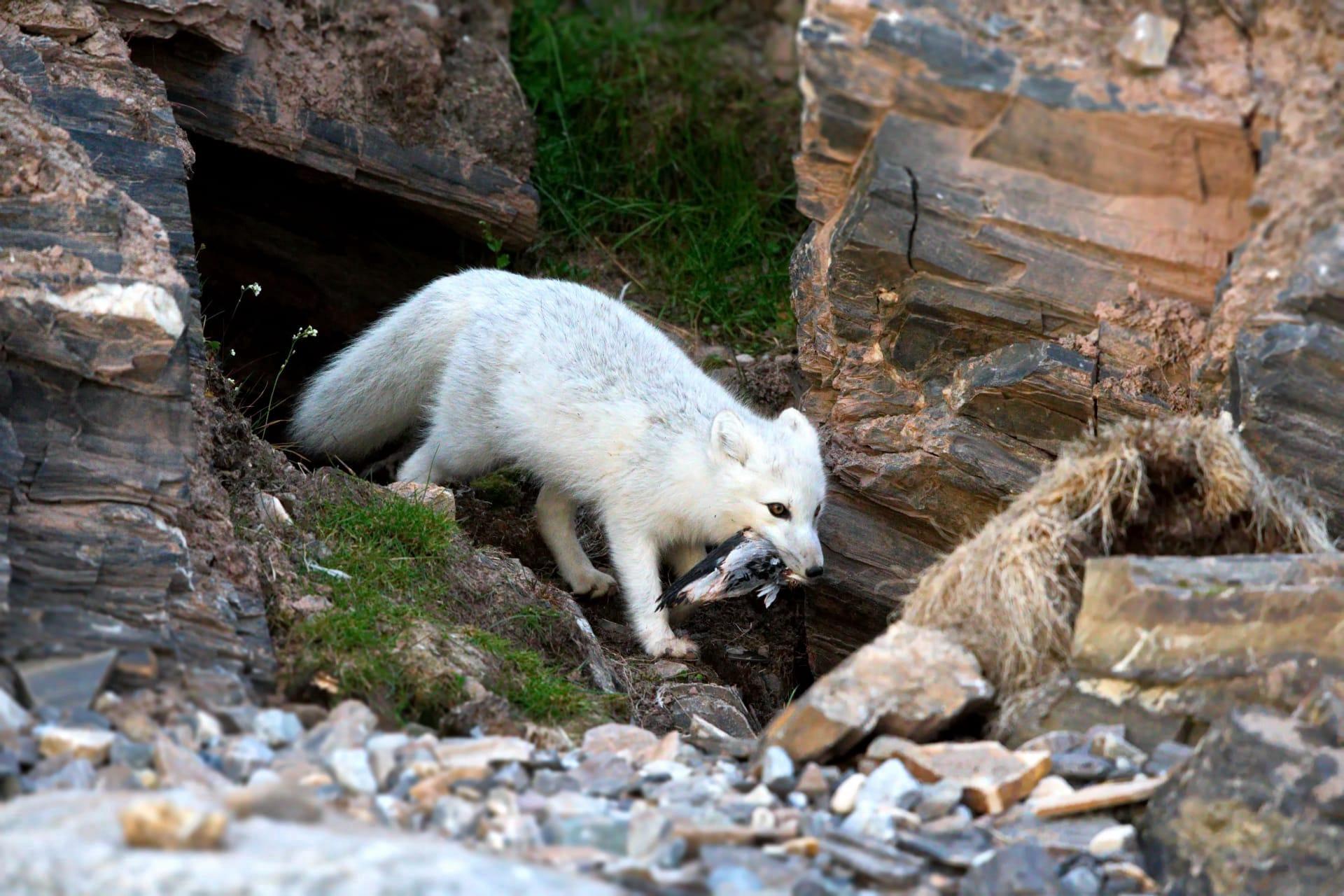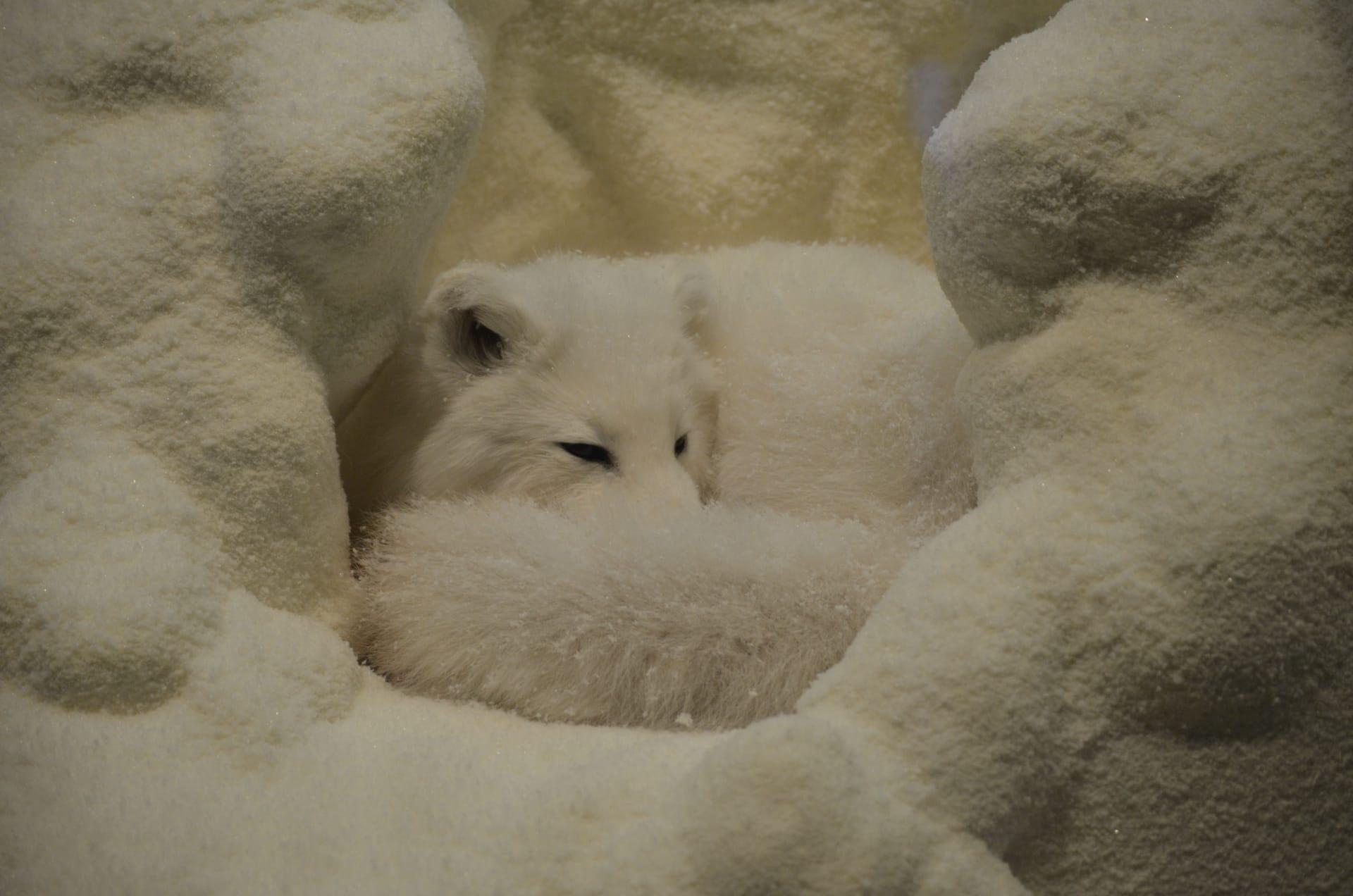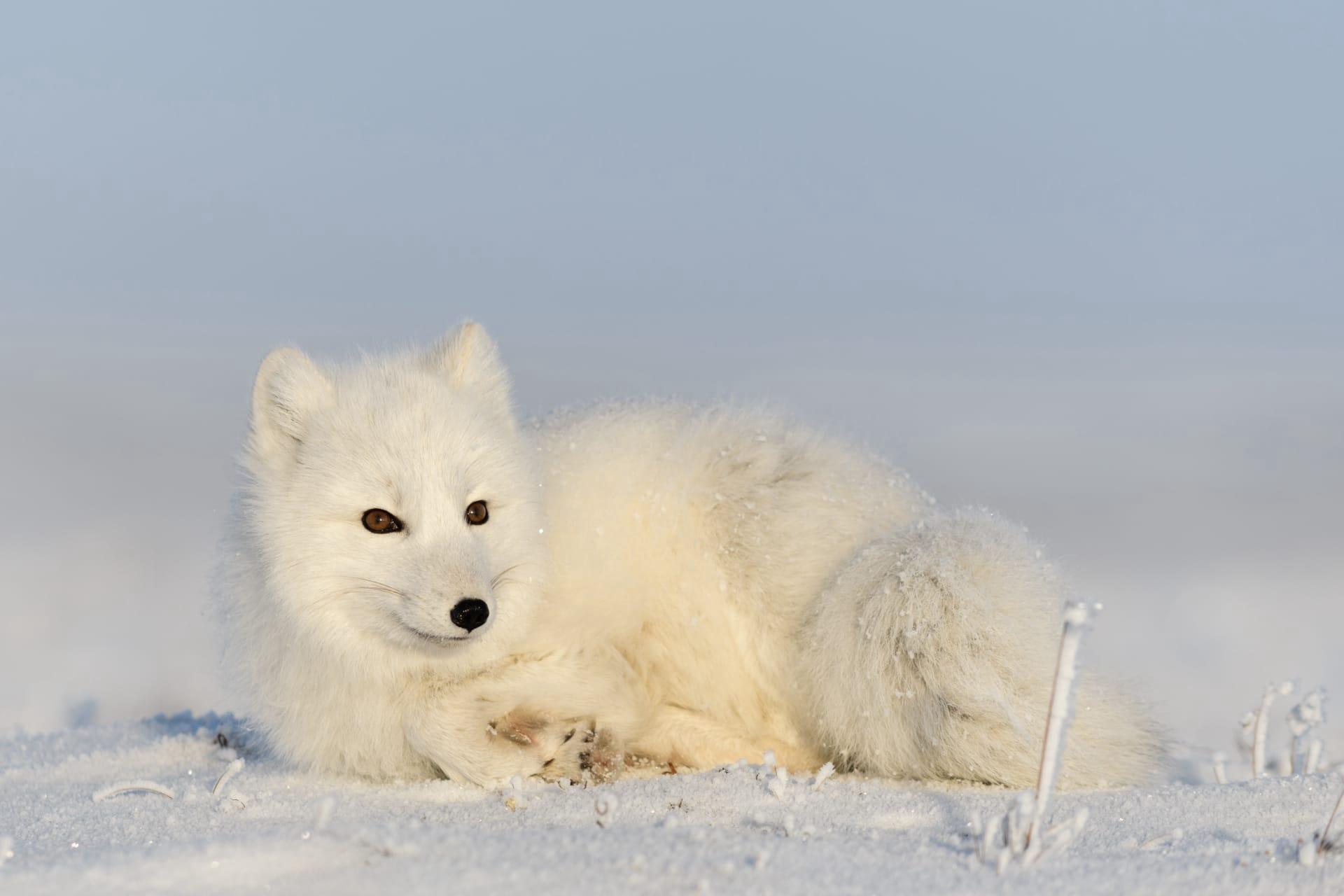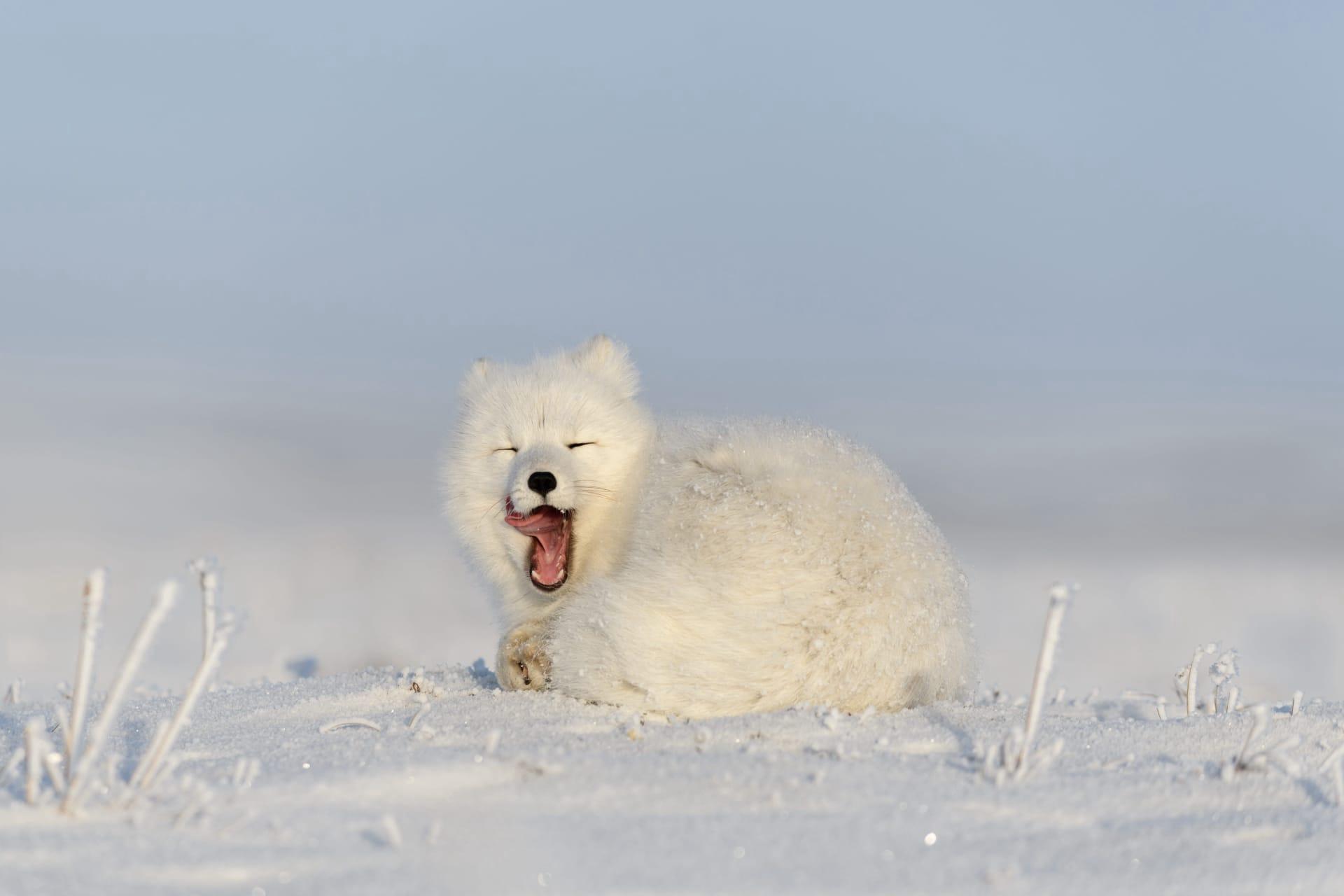Arctic Fox Trivia
- Home /
- Trivia Question /
- Animal /
- Arctic Fox Trivia
1
Question: What unique adaptation allows the Arctic Fox to survive in extreme cold?
Answer: The Arctic Fox has a remarkable adaptation for cold environments - its fur. This fur is one of the warmest of all mammals, allowing them to endure temperatures as low as -58 degrees Fahrenheit (-50 degrees Celsius). Additionally, their round, compact bodies minimize surface area exposed to the cold, and they have short ears and a short muzzle to reduce heat loss.
Question: How does the diet of the Arctic Fox change with the seasons?
Answer: The Arctic Fox is a versatile eater with a diet that varies seasonally. In summer, they feast on rodents like lemmings, as well as birds and their eggs. Come winter, when these sources are scarce, they scavenge on carcasses left by larger predators. Remarkably, they can even follow polar bears to feed on leftover seal remains.

2
Question: Is it true that Arctic Foxes hibernate during winter?
Answer: Contrary to popular belief, Arctic Foxes do not hibernate. They remain active throughout the year, even in harsh winter conditions. Their thick fur and a unique system of countercurrent heat exchange in their paws help them maintain body heat.
Question: Can Arctic Foxes really change color?
Answer: Yes, Arctic Foxes undergo a striking change in fur color. In winter, they are pure white to blend in with the snow, while in summer, their fur turns brown or gray, offering camouflage against the tundra's rocks and plants. This change is driven by the length of daylight, not temperature.

3
Question: How far can Arctic Foxes travel in search of food?
Answer: Arctic Foxes are incredible travelers. They can roam over vast areas up to 3,500 square kilometers (1,350 square miles) in search of food. Some have even been recorded traveling up to 4,500 kilometers (2,800 miles) across sea ice during migration seasons.
Question: Do Arctic Foxes live in solitary or in groups?
Answer: Arctic Foxes are generally solitary animals, but they come together as monogamous pairs during the breeding season. These pairs cooperate to raise their young in dens that can be centuries old and used by multiple generations.

4
Question: How do Arctic Foxes communicate with each other?
Answer: Arctic Foxes have a range of vocalizations for communication. They use high-pitched whines when approaching a mate, growls and barks for aggression, and yelps or screams as alarm calls. They also use body language, like tail wagging and ear positions, to express emotions.
Question: What challenges are Arctic Foxes facing due to climate change?
Answer: Climate change poses significant threats to Arctic Foxes. The shrinking ice reduces their hunting grounds, and changing prey availability affects their diet. Warmer temperatures also lead to more red foxes moving north, increasing competition and even predation risks for the smaller Arctic Foxes.

5
Question: How efficient are Arctic Foxes in hunting under the snow?
Answer: Arctic Foxes are superb hunters under the snow. They use their acute hearing to detect prey movements under the snow. When they hear it, they perform a characteristic high pounce to break through the snow and catch their prey, often rodents like voles or lemmings.
Question: Can Arctic Foxes swim?
Answer: Yes, Arctic Foxes are capable swimmers. They are often seen swimming between ice floes or across small rivers. This ability helps them to traverse their icy habitat and sometimes to escape predators or to hunt for aquatic prey.